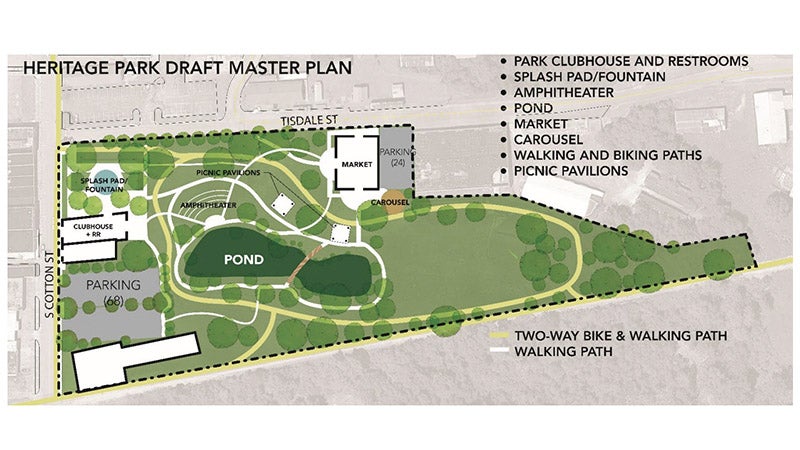Three local schools named ‘high flyers’
Published 8:30 am Monday, December 13, 2021
|
Getting your Trinity Audio player ready...
|
In an Alabama Education Lab analysis, measures of poverty, achievement, and local tax support were used to determine 43 schools called “high flyers” in the state.
Opp Elementary School, Straughn Elementary School, and Straughn Middle School were among those on the list representing Covington County.
A number of factors such as geographic location, student population, and known facts about each school led to the final list.
Schools had to meet the following parameters:
- School-wide student poverty level of 48 percent or higher (756 schools)
- Spending less than $2,000 per student in local tax money during the 2018-19 school year (589 schools)
- Proficiency on spring 2021 math and English language arts tests at 120 percent of statewide proficiency level for all grade levels tested (26.4 percent statewide showed math proficiency and 54.5 percent showed ELA proficiency)
Opp Elementary School had a student poverty level of 60.2 percent. OES was 71.4 percent in ELA proficiency and 51.5 percent in math with a student expenditure of $971.
“We are very excited to be recognized for the hard work our staff and teachers do every day. Although this is just one test administered in the spring, it is always good to have validation our school is heading in the right direction. Considering our poverty rate, our school performs extremely well in math and reading. We are outperforming other schools with a much lower poverty rate than OES. One thing we implemented five years ago was Walk to Read. This gave our students an additional hour of targeted reading instruction four days a week. All of our teachers do ongoing professional development through the school year. Our reading specialist, Christy Harrell, does an astounding job with guiding us with the science of reading research for raising student achievement. We are so proud of how hard our parents, students, and staff work to make Opp Elementary School the best,” Principal Shawn Short said.
Straughn Elementary School had a student poverty level of 52.6 percent. SES was 64.4 percent in ELA proficiency and 29.9 percent in math with a student expenditure of $482.
“Teachers are teaching and students are learning at SES. Our highly qualified, caring faculty and staff are committed to ensuring our students are performing at the highest level of achievement. Funding from our school system has provided our school with intervention teachers and instructional aides who offer intensive intervention in reading and mathematics on a daily basis. We build positive relationships and offer intervention and enrichment in our after-school program. Straughn Elementary creates a positive, safe learning environment and is a truly special ‘high flying’ place for student learning,” Principal Bettye Anne Older said.
Straughn Middle School had a student poverty level of 53.4 percent. SMS was 62.4 percent in ELA proficiency and 34.6 in math with a student expenditure of $892.
“At SMS, we strive to ensure that every student experiences academic success, regardless of circumstances. We set high expectations for our students and have support systems in place for those who struggle. Also, our teachers set high expectations for themselves. They want their students to succeed and are willing to do whatever it takes to make that happen. We build positive relationships with our students. Half of the battle for learning is having someone who cares about you and will go the extra mile for you to achieve,” Principal Cassandra Anderson said.
Concerns arose about learning loss and unfinished learning due to school interruptions during the pandemic. Correlations between family income and test scores still exist today, but subsequent research has shown schools can have a positive impact on student outcomes, including some with a bigger impact than others.
Out of the 2021 high flyers in the Education Lab’s analysis, all but one had a majority white population. No school with more than 75 percent of students in poverty made the list. Research has shown that when schools have an extreme level of student poverty, described as 75 percent or more, overall achievement is lower than in schools with lower levels of school-wide poverty. In Alabama, the vast majority, 80 percent, of schools with an extreme level of poverty are majority-black.
Alabama has documented similar initiatives in successful schools before. In 2004, the State Department of Education conducted a study of high-poverty schools with high levels of math and reading proficiency. At that time, they were called “Torchbearer Schools” and recognized annually.
For more information visit alabamaeducationlab.org.





